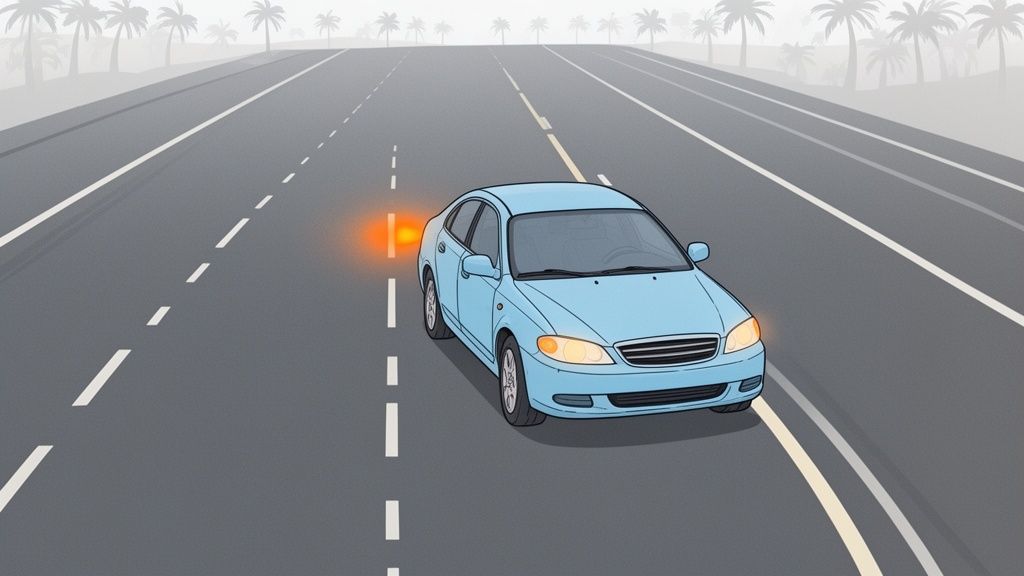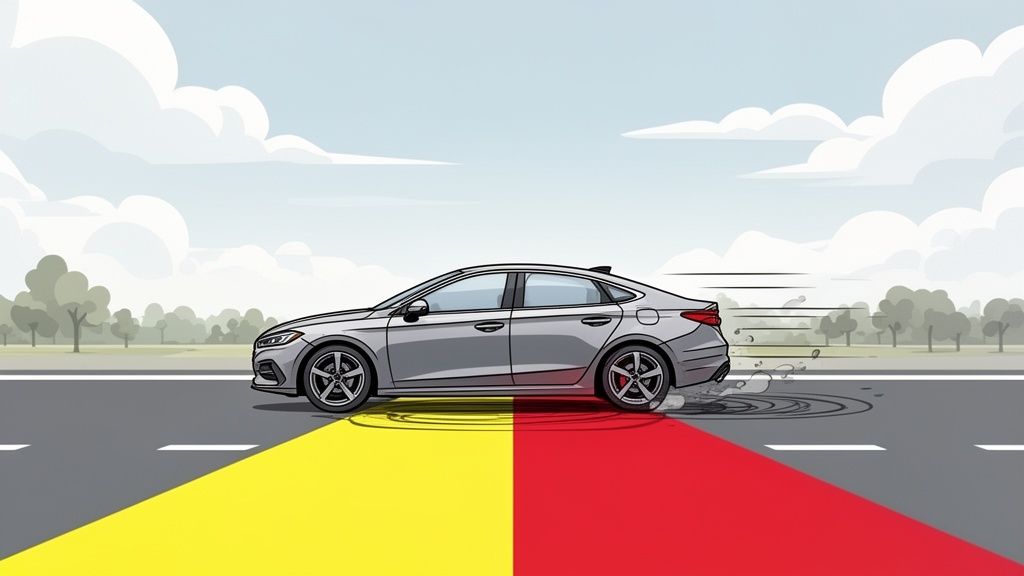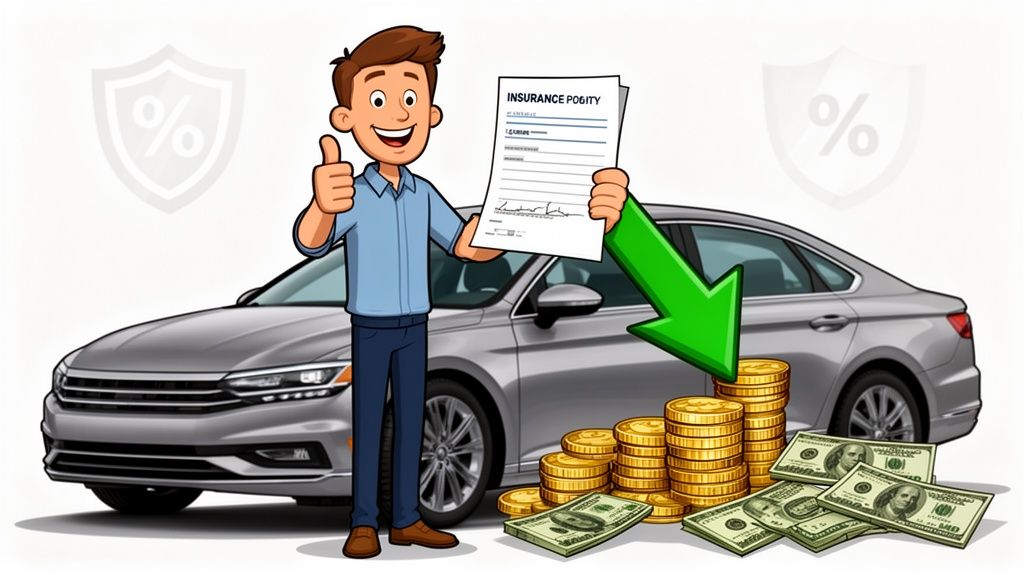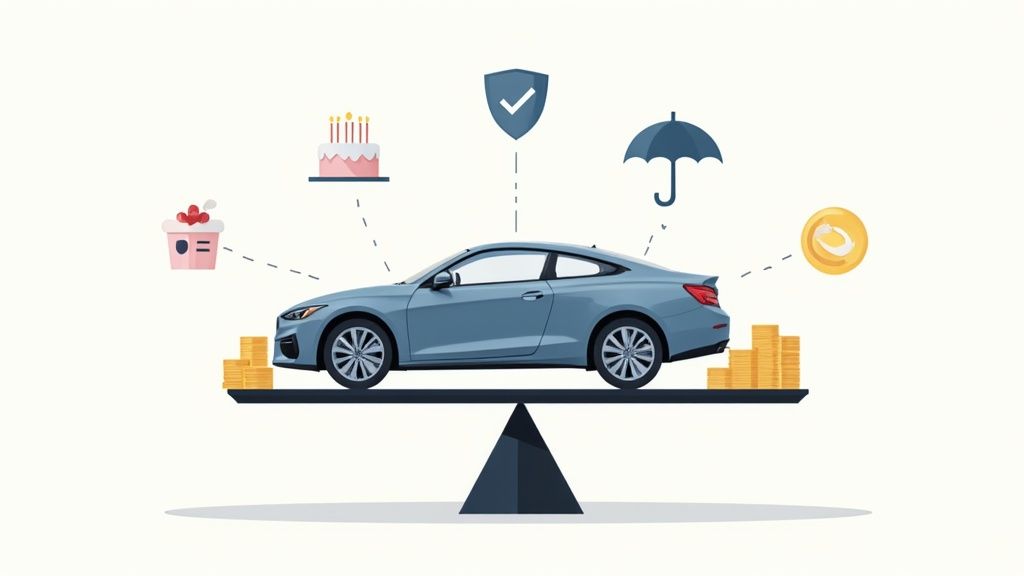At DriverEducators.com, we know that safe driving is a skill that requires constant attention and improvement.
Road safety isn’t just about following rules; it’s about developing habits that protect you and others on the road. This blog post will provide essential safe driving tips for drivers of all experience levels.
From mastering challenging conditions to maintaining your vehicle, we’ll cover practical strategies to enhance your driving skills and confidence behind the wheel.
How to Build Essential Safe Driving Habits
At DriverEducators.com, we believe that safe driving involves more than just following rules. It’s about developing habits that become second nature. These habits can make the difference between a safe journey and a potential accident. Let’s explore some essential safe driving habits that every driver should cultivate.
The Life-Saving Practice of Seatbelt Use
Wearing a seatbelt is the most effective way to reduce the risk of death in a car crash. The National Highway Traffic Safety Administration (NHTSA) reports that seatbelts saved an estimated 14,955 lives and could have saved an additional 2,549 people if they had been wearing seat belts, in 2017 alone. Make it a practice to buckle up before you start the engine, and ensure all passengers do the same. This habit isn’t just about avoiding a ticket; it’s about preserving lives.
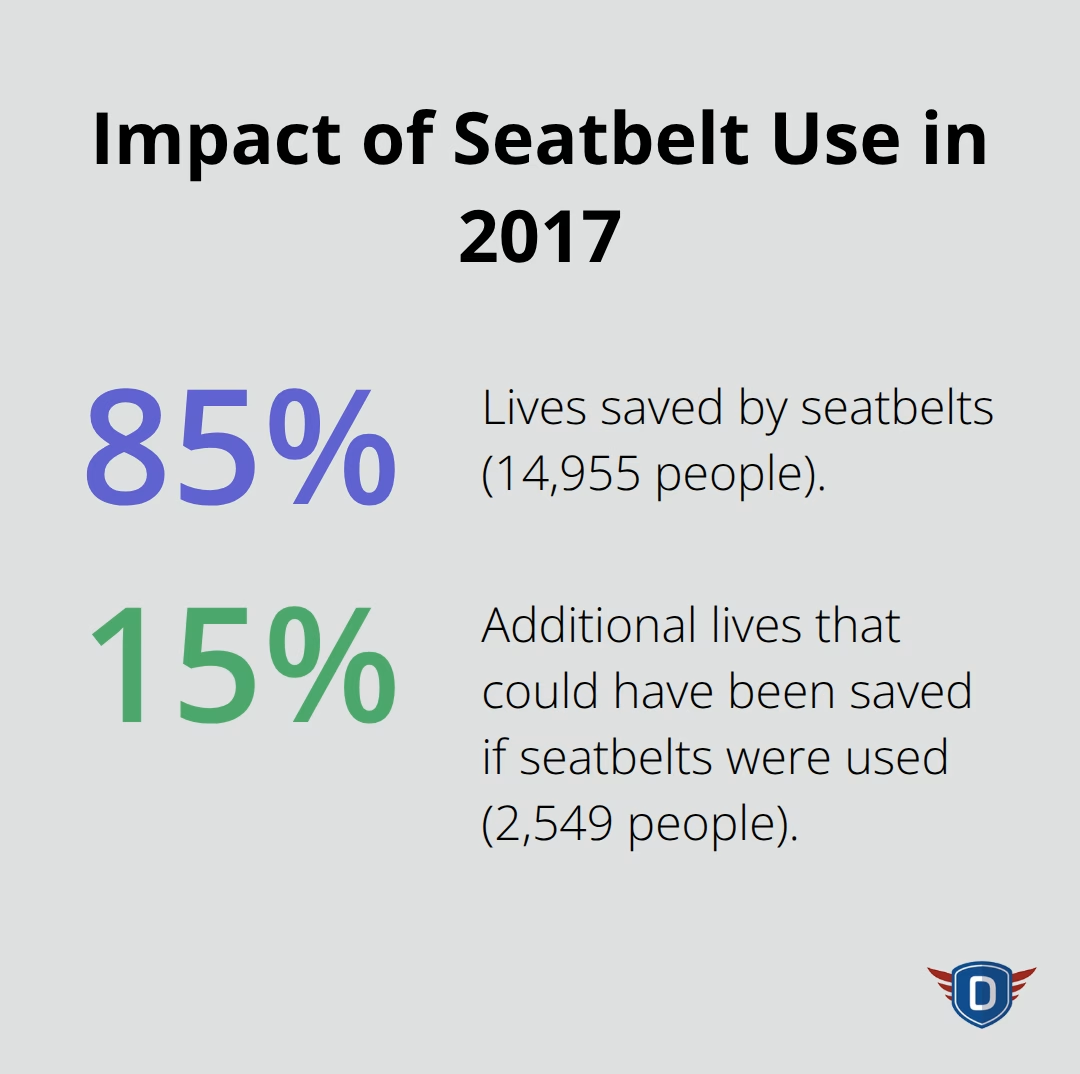
Master the Art of Safe Following Distance
Maintaining a safe following distance prevents rear-end collisions. The NHTSA recommends the “3-second rule”: choose a fixed point ahead of the car in front of you, and count the seconds it takes you to reach that same point. If it’s less than three seconds, you follow too closely. In adverse weather conditions, increase this to 5-6 seconds. This simple practice gives you more time to react to sudden changes in traffic.
The Importance of Speed Management
Speeding contributes to nearly one-third of all traffic fatalities. Obeying speed limits isn’t just about avoiding fines; it’s about giving yourself time to react to unexpected situations. Speed limits are set for ideal conditions. In poor weather, heavy traffic, or unfamiliar areas, it’s often safer to drive below the posted limit. Try to always adjust your speed to suit the conditions.
Eliminate Distractions: A Modern Challenge
In our connected world, distracted driving has become a major safety issue. The NHTSA reported that distracted driving claimed 3,142 lives in 2020. To combat this, put your phone on “Do Not Disturb” mode while driving. If you need to use GPS, set your destination before you start driving. Avoid eating, applying makeup, or any other activity that takes your attention off the road. Full attention on the road at all times is paramount.
Regular Vehicle Maintenance
A well-maintained vehicle is a safer vehicle. Regular maintenance (including tire checks, brake inspections, and fluid top-ups) can prevent many accidents caused by vehicle malfunction. Schedule regular check-ups with a trusted mechanic to ensure your vehicle remains in top condition.
As we transition to our next section on navigating challenging driving conditions, it’s important to note that these habits form the foundation of safe driving. However, even the most cautious drivers can face unexpected challenges on the road. Let’s explore how to handle these situations effectively.
Mastering Challenging Road Conditions
At DriverEducators.com, we understand that even experienced drivers can find themselves in tricky situations on the road. Adverse weather, poor visibility, aggressive drivers, and unexpected obstacles can test your skills and nerves. Here’s how to navigate these challenging conditions safely and confidently.
Conquer Adverse Weather
Heavy rain or snow can make driving hazardous. The Federal Highway Administration reports that 21% of vehicle crashes are weather-related. In wet conditions, reduce your speed and increase your following distance. Your tires can lose traction, which increases stopping distance. Turn on your headlights to improve visibility and be seen by others. If you start to hydroplane, ease off the accelerator and steer straight until you regain control.
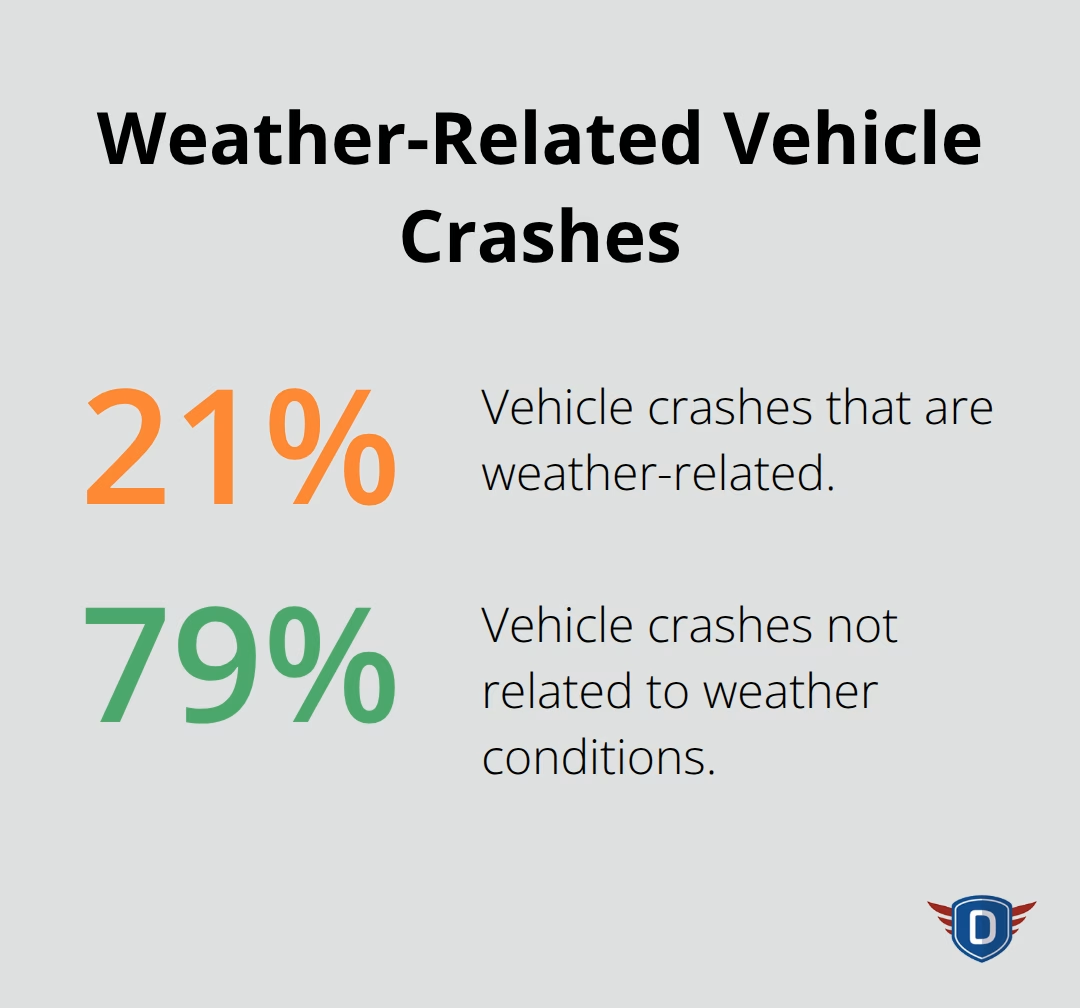
In snowy conditions, clear all snow from your vehicle before driving (including the roof). Use winter tires for better traction. If you start to skid, steer into the direction of the skid and avoid sudden braking or acceleration.
Navigate the Night
Night driving presents unique challenges. The National Safety Council states that the risk of a fatal crash is three times higher at night. To combat this:
- Ensure your headlights are clean and properly aimed.
- Dim your dashboard lights to reduce glare on the windshield.
- Look slightly to the right of oncoming traffic to avoid temporary blindness from headlights.
- Take regular breaks on long night drives to combat fatigue.
Deal with Road Rage
Encountering aggressive drivers can unnerve even the most experienced motorists. A study by AAA Foundation looked at more than 10,000 road rage incidents committed over seven years, and found they resulted in at least 218 murders. If you encounter an aggressive driver:
- Don’t engage or make eye contact.
- Give them plenty of space.
- If you feel threatened, drive to a public place or police station.
Your safety is paramount. Don’t let someone else’s poor behavior compromise your driving.
Navigate Construction Zones
Construction zones require extra caution. The Federal Highway Administration reports that work zone crashes have increased by 42% since 2013. When entering a work zone:
- Slow down and obey posted speed limits.
- Merge early when lanes are closed.
- Watch for workers and equipment.
- Maintain extra following distance.
These guidelines will help you navigate even the most challenging road conditions safely. As we move forward, it’s important to consider how proper vehicle maintenance contributes to safe driving. Let’s explore the essential aspects of keeping your vehicle in top condition to ensure optimal performance and safety on the road.
How Vehicle Maintenance Impacts Safety
At DriverEducators.com, we understand that a well-maintained vehicle plays a key role in road safety. Regular maintenance extends the life of your car and reduces the risk of accidents caused by mechanical failures. Let’s explore key aspects of vehicle maintenance that directly impact your safety on the road.
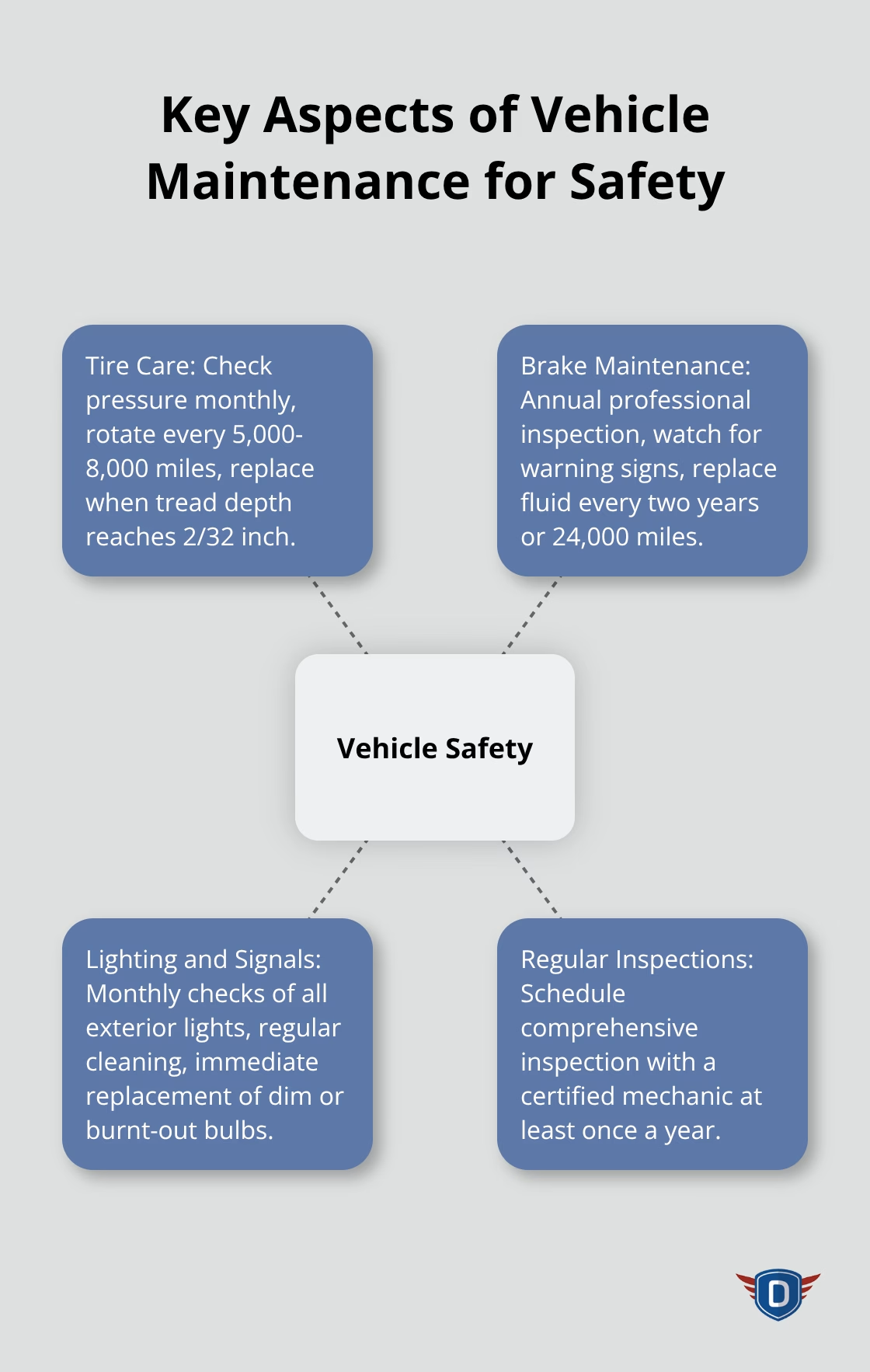
Tire Care: Your First Line of Defense
Your tires provide the only point of contact between your vehicle and the road, making their condition critical to your safety. The National Highway Traffic Safety Administration (NHTSA) reports that tire-related crashes lead to about 646 fatalities each year. To avoid becoming part of this statistic:
- Check your tire pressure monthly and before long trips. Underinflated tires can cause blowouts and reduce fuel efficiency.
- Rotate your tires every 5,000 to 8,000 miles to ensure even wear.
- Replace tires when the tread depth reaches 2/32 of an inch. Use the penny test: if you see the top of Lincoln’s head when you insert a penny into the tread, it’s time for new tires.
Brake Maintenance: When Seconds Count
Your brakes can mean the difference between a close call and a collision. According to the NHTSA, brake-related problems account for approximately 22% of crashes where vehicle defects are the cause. To keep your brakes in top condition:
- Have a professional inspect your brake system at least once a year.
- Pay attention to warning signs like squealing, grinding, or a soft brake pedal.
- Replace brake fluid every two years or 24,000 miles (whichever comes first).
Lighting and Signals: Stay Visible and Communicate
Proper functioning of your vehicle’s lights and signals is essential for visibility and communication with other drivers. The Insurance Institute for Highway Safety (IIHS) found that vehicles with good headlight ratings have nearly 20% fewer nighttime crashes. To maintain optimal lighting:
- Check all exterior lights monthly (including headlights, taillights, brake lights, and turn signals).
- Clean your headlights regularly to maintain brightness.
- Replace dim or burnt-out bulbs immediately.
Regular Vehicle Inspections
Regular vehicle inspections tie all these maintenance aspects together. Schedule a comprehensive inspection with a certified mechanic at least once a year. This proactive approach can identify potential issues before they become dangerous problems on the road.
Vehicle maintenance requires ongoing attention. Staying on top of these key areas not only prolongs the life of your vehicle but also actively contributes to safer roads for everyone. Consistent upkeep is a core principle of safe driving. By maintaining your vehicle properly, you’re taking an important step in accident prevention and ensuring your safety on the road.
Final Thoughts
Safe driving requires continuous learning and improvement. Drivers must adapt to changing road conditions, laws, and vehicle technologies. These safe driving tips for drivers form the foundation of responsible behavior on the road, from wearing seatbelts to maintaining safe distances.
Vehicle maintenance plays a vital role in road safety. Regular checks and timely repairs prevent dangerous malfunctions and extend vehicle life. Proper care of tires, brakes, and lights actively contributes to safer roads for everyone.
We at DriverEducators.com offer comprehensive driver education programs to enhance your driving abilities. Our certified instructors provide personalized guidance to help students develop lifelong safe driving habits. Every time you drive, you have the power to make a positive impact on road safety.
